By William E. Welsh
One month after the disastrous French defeat at Poitiers in September 1356, a large English army besieged Rennes in eastern Brittany. With French King John II held prisoner in England following his capture at the battle, France was under the shaky control of Dauphin Charles, who lacked sufficient funds to assist the pro-French faction in Brittany.
Henry of Grosmont, Duke of Lancaster, arrived before the dilapidated circuit of walls around the second most important town in Brittany with 1,500 men. After his initial attempt to storm the town failed, Lancaster resorted to tunneling under the walls. The morale of Lancaster’s army was high, and the duke’s men sensed imminent victory.
Fortunately for the dauphin, one of the captains of local irregulars operating in eastern Brittany was Bertrand du Guesclin, the son of a minor noble from the region who had recently been knighted for his valor. Guesclin ruled his company of brigands with an iron fist. He told them what to do and they did it. And the Breton captain was always in the thick of the action.
Quite to his surprise, Lancaster soon experienced one small setback after another. Du Guesclin’s band fell on his supply trains, ambushed his forage parties, and overran his outposts. Lancaster aborted his siege after nine months. To save face, he demanded a ransom from the town. When he received it, he withdrew in July 1357.
Du Guesclin was indisputably one of France’s great heroes of the Hundred Years War. During his service for the French crown from the early 1340s until his death in 1380, du Guesclin used Fabian tactics to counter English aggression in central and western France. While serving as Constable of France, he helped roll back the English conquests gained through the Treaty of Bretigny signed in May 1360. The treaty greatly extended Edward III’s holdings in southwestern France. In addition to Guyenne and Gascony, the English took control of the provinces of Poitou, Saintonge, Perigord, Limousin, and other smaller areas. Significantly, the English king was no longer a vassal of the French king, and therefore did not have to pay homage to him.
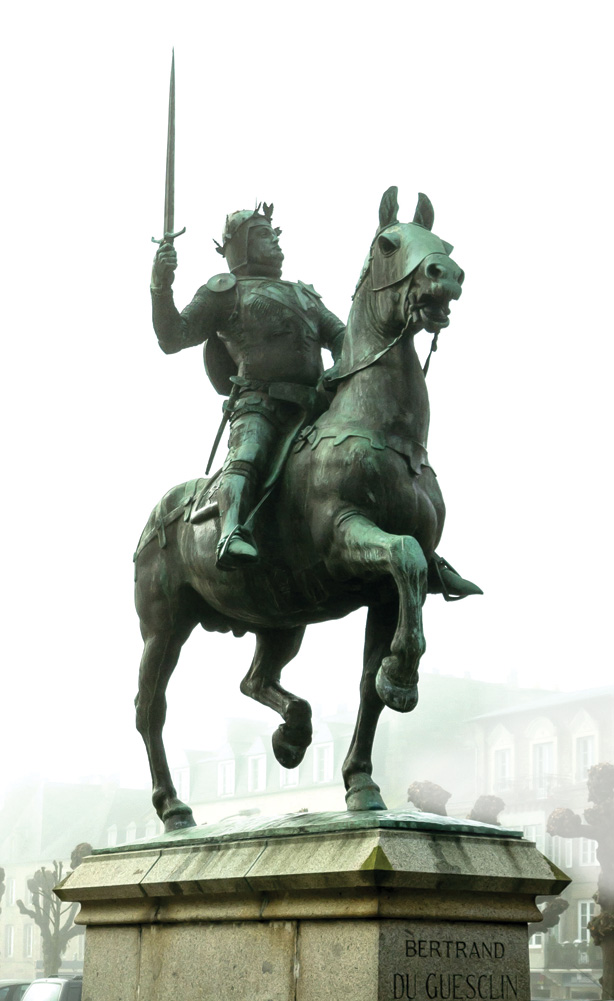
Du Guesclin, born around 1320, was the eldest son of Robert du Guesclin, Lord of Broons, a town 50 kilometers northwest of Rennes. As a young man, he eagerly served as a squire in tournaments and got his first taste of battle on sieges and raids against English forces operating in his native region. When Duke John III of Brittany died in April 1341 without a male heir, his half brother, John Montfort IV, who had an estate in western Brittany at Guerande, claimed the right to rule the duchy. Charles of Blois, a nephew of French King Philip VI, disputed the claim, asserting that his wife, Jeanne de Penthievre, who was a niece of John Montfort III, should inherit the duchy under Salic law. The conflict became known as the War of the Breton Succession.
King Edward III of England backed Montfort, and French King Philip VI supported Blois. Squire du Guesclin served in a unit of Blois’ army. English forces led by William de Bohun, Earl of Northampton, defeated Blois at the Battle of Morlaix fought September 30, 1342. The French captured Montfort later that year. He was released during a truce in 1343 after which he journeyed to England. He returned to Brittany at the head of an army in 1345 but fell ill and died at Hennebont on September 26, 1345. His claim transferred to his six-year old son, John Montfort V, whose mother, Jeanne de Penthievre, pressed the claim on his behalf until he came of age.
Both Edward III and Philip VI considered Brittany a sideshow to operations in other theaters, and therefore the Breton Civil War was prosecuted by independent captains who financed their operations through plunder and ransoms. Du Guesclin, who was familiar with the roads and trails of eastern Brittany, was captain of a band of irregular troops that operated from the forest of Paimpont, a short distance west of Rennes. Du Guesclin’s band conducted hit-and-run attacks during the 1340s on Montfortian towns and castles in the region.
Blois had been fighting for his claim in Brittany since the outbreak of the civil war with little luck. On June 19, 1347, he was captured by English forces during the bungled siege of La Roche-Derrien on the north coast. King Edward III held Blois captive for nine years.
The English retained the upper hand in Brittany in the early 1350s. During that time the French suffered another serious defeat when Sir Walter Bentley crushed Marshal Guy de Nesle’s army at the Battle of Mauron on August 14, 1352. De Nesle fell during the battle.
The heavy attrition among top French commanders in Brittany presented an opportunity for du Guesclin, who was a rising star in the Breton theater. When du Guesclin captured Cheshire knight Sir Hugh Calveley in a clever ambush on the road from Becherel to Montmuran on April 10, 1354, French Marshal Arnoul d’Audrehem knighted him for his achievement.
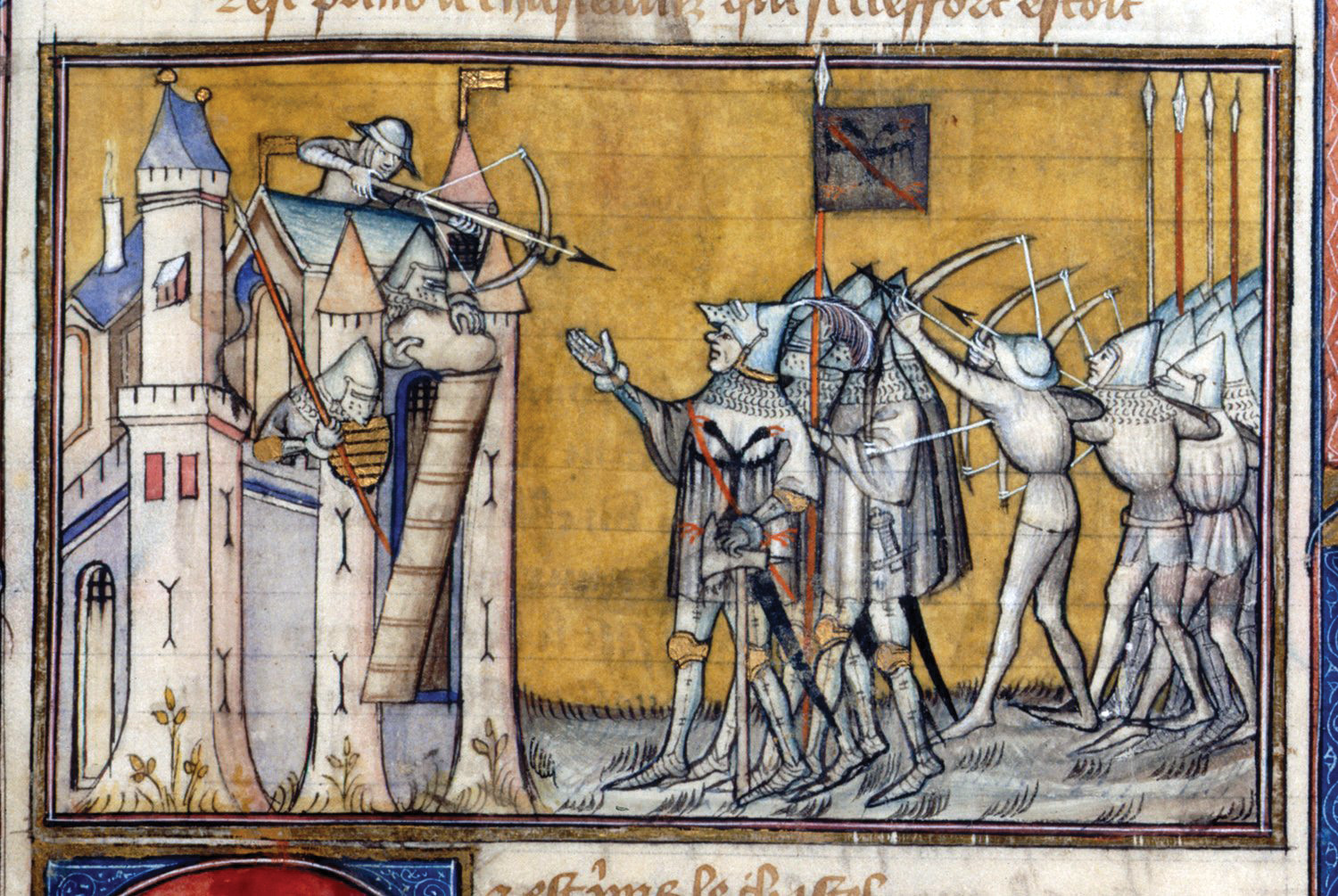
Du Guesclin’s exploits caught the eye of Dauphin Charles, who would eventually become King Charles V. Following the capture of his father King John II at the Battle of Poitiers in 1356, Charles served as regent for his father, who was held captive in England. Charles was delighted that du Guesclin had foiled Lancaster’s siege of Rennes. As a reward, Charles gave the French captain an annual pension of 200 livres for the rest of his life.
The dauphin subsequently appointed the Breton knight to the post of royal captain of Franco-Breton forces based at Pontorson, a stronghold on the Breton March. Du Guesclin’s job was to counter the periodic offensives of renowned English captains such as Bentley, Calveley, and Sir Robert Knolles. Using Brittany as a base of operations, the English captains conducted regular raids into Anjou, Maine, and Normandy.
Du Guesclin was the only French captain who was equal in skill and cunning to his English counterparts. Throughout his time as Royal Captain of Pontorson, he proved himself to be an able administrator, logistician, and recruiter.
The downside for du Guesclin was that he had to be everywhere at once and expose himself to capture. The English and French captains were always hard pressed for money. In addition to pillaging, captains of companies also sought to capture their counterparts as a means of raising funds. When the bands of Knolles and du Guesclin clashed at Evran just south of Dinan, Knolles’ soldiers captured du Guesclin. The following year, the English again captured du Guesclin. This time it was Calveley’s men who nabbed the Royal Captain of Pontorson. In that instance, du Guesclin applied for a loan from Duke Philip of Orleans to buy his freedom from the English. Two years later, in 1362, du Guesclin participated in a major offensive in northern Brittany with Charles of Blois, who having obtained his freedom the previous decade from the English renewed his claim to the Duchy of Brittany in earnest.
Larger battles awaited du Guesclin. Charles of Navarre, a French-born noble with a strong claim to the Duchy of Burgundy, declared war on the crown when King John gave the duchy to his fourth son, Philip. Navarre, who had extensive property in Normandy through his family, ordered his top commander, Jean III de Grailly, Captal de Buch, to attack the royal army. De Buch assembled an army of 5,000 men from Gascony, Brittany, and Burgundy. Du Guesclin and Count Jean of Auxerre gathered their forces at Evreux and then marched to Cocherel on the River Eure.
The two armies faced off on May 14, 1364, but each wanted to fight a defensive battle, and therefore neither side attacked. After a two-day stalemate, du Guesclin slowly began withdrawing his forces to the east bank of the Eure. De Buch, believing he could strike a hard blow on the remainder, sent a portion of his forces to outflank the rebels, but du Guesclin successfully checked the flankers. Du Guesclin then ordered his men to strike the rebels in the flank. Unlike de Buch, the Franco-Burgundian army was successful. The Navaresse army panicked and tried to retreat. During the heavy fighting, du Guesclin killed Bascon de Mareuil, a famous Gascon captain. Through his decisive victory over the Navaresse army at Cocherel, du Guesclin proved to the dauphin that he was not simply a superb guerrilla commander but also a skilled field commander who could lead a large army to victory.
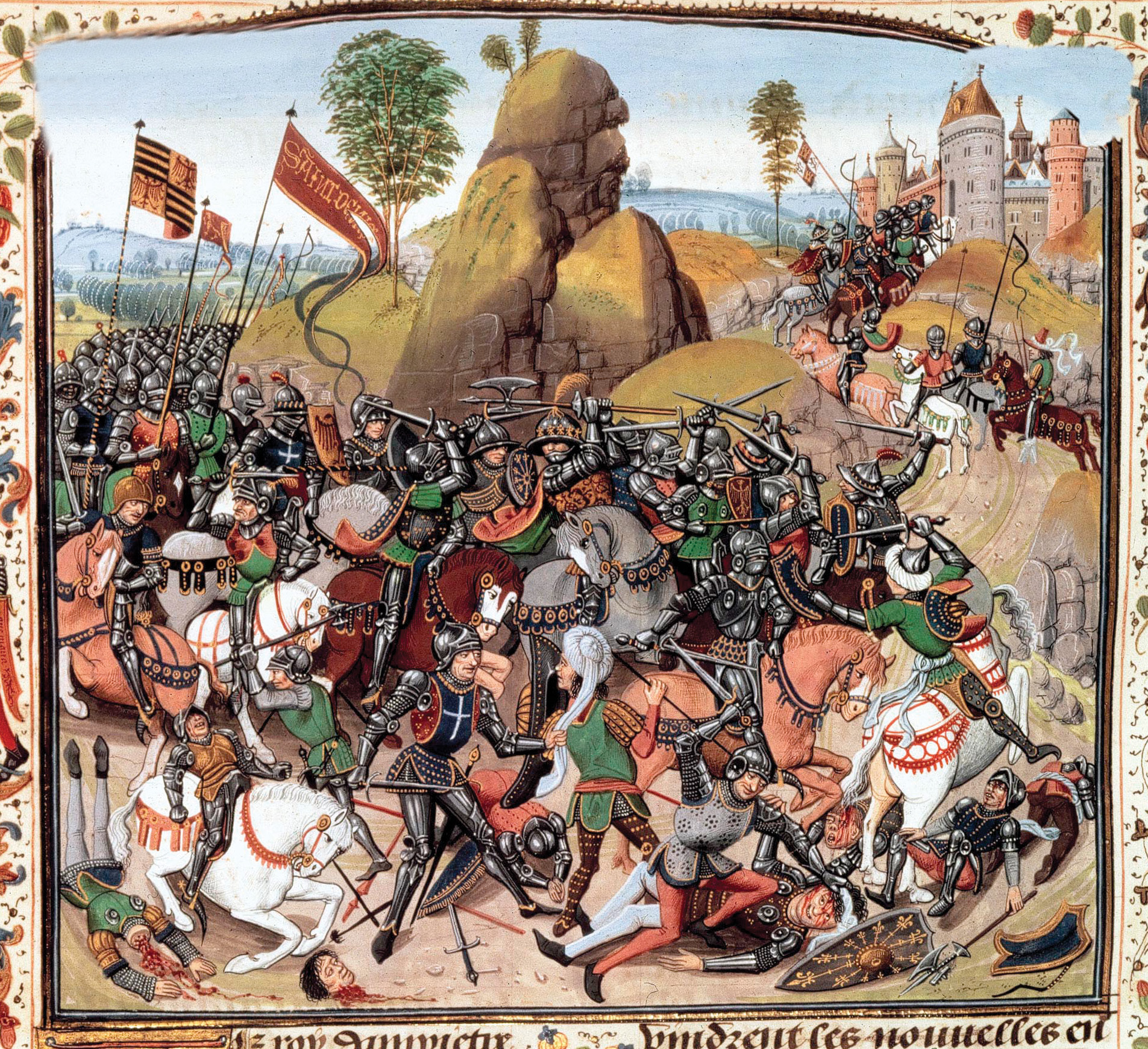
Another battle that year drew Brittany closer into the sphere of England. While both kings withdrew direct support from the protracted civil war, John Montfort V consolidated his hold on the west coast by besieging Auray. Du Guesclin helped Blois raise a 3,000-man army to relieve Auray. Fortunately for Montfort, three experienced English captains—Calveley, Chandos, and Knolles—recruited additional forces from Gascony to support Montfort. When the two armies met at Auray, Blois tried a last-minute negotiation with Montfort. This was distasteful to the professional captains on both sides. “I will restore the duchy to you, clear of all these wretches,” said du Guesclin. Although the English had only 2,000 men, some of the Breton troops under Blois refused to fight. This evened the odds.
The English deployed in their classic formation of dismounted men-at-arms in the center with archers on the flanks. Chandos, who assumed overall command, led a reserve stationed behind the center. The French were arrayed in a column of three divisions. Du Guesclin ordered his men-at-arms to advance dismounted. In addition, they were to stay in a tight formation and hold their shields over their heads to protect themselves from arrows. Despite the innovative tactic of holding their shields aloft, the French attack failed to break the English line. The English counterattacked and destroyed Blois’ division. Included among the dead was Blois. Du Guesclin was captured for the third time. Chandos set his ransom at 20,000 pounds.
The kings of France and England also became embroiled in the Castilian Civil War in the late 1360s. Each wanted the Kingdom of Castile as a key ally so that they could have the assistance of its large fleet of galleys. The English backed Peter the Cruel for the throne of Castile while the French backed his half brother, Henry Trastamara. After the French drove Peter from the throne, Prince Edward of Wales, who was known as the Black Prince, led a large army into Castile to restore him to the throne.
Du Guesclin marched to Castile to assist Henry’s royalists. The two sides clashed at the Battle of Najera, fought April 3, 1367. The Black Prince conducted a wide flank march against the Franco-Castilian position. As the English host approached, a large group of Castilians fled in panic. Du Guesclin counterattacked in a vain effort to disrupt the rebel army, but the Black Prince’s flanks overlapped his division and engulfed it. Always in the thick of the fighting, du Guesclin was captured for the fourth time. Although the English won at Najera, du Guesclin returned with 600 veteran troops nearly two years later and defeated Peter’s royal army at the Battle of Montiel on March 14, 1369.
Once Castile was secured as an ally by force of arms, Charles V recalled du Guesclin to France. The French king was dissatisfied with the performance of Constable of France Moreau de Fiennes. The position of constable ordinarily was held for life, but Charles V broke with tradition and dismissed de Fiennes. Although the position traditionally went to a person of royal blood, Charles V nevertheless offered it to du Guesclin.
The humble Breton initially rejected the offer on the grounds that he was of low birth; but the French king insisted, and du Guesclin accepted the offer. On October 2, 1370, du Guesclin became the top military commander in France.
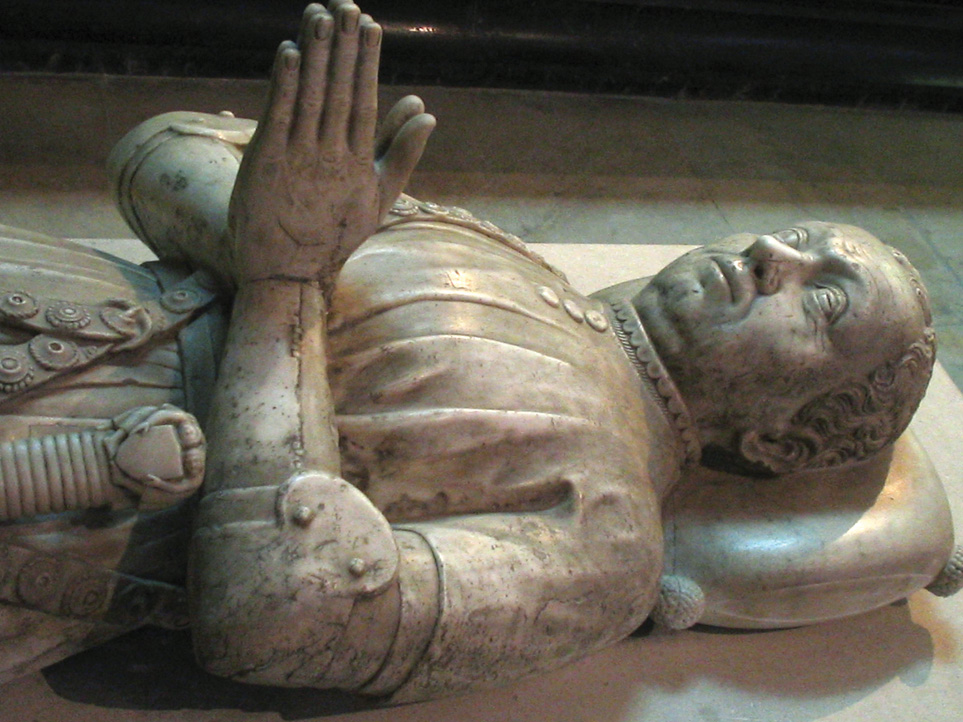
With added resources and greater authority, du Guesclin launched a winter campaign against his English adversaries in northwest France. When he learned that Knolles and his chief subordinate, Sir Thomas Grandison, had disagreed over where their respective forces should spend the winter of 1370, du Guesclin took advantage of the situation to strike them one at a time.
Knolles had advised Grandison to accompany him to Brittany, where he planned to camp for the winter. But Grandison refused to give up his conquests in Maine, so Knolles took his troops to Brittany and left Grandison to his own devices. Moving rapidly, du Guesclin smashed Grandison in the Battle of Pontvallain on December 4.
Du Guesclin was relentless in his pursuit of the broken English companies. While du Guesclin made preparations to send his prisoners to Paris, his subordinates chased the remnants of Grandison’s corps as it fled south. When the English tried to make a stand at the Abbey of Vaas, the French overran their position again. Some of the English escaped and fled south into Poitou.
By that time du Guesclin had again taken control of the pursuit. The French constable chased the remnants of Grandison’s corps to the stronghold of Bressuire. The English rode hard for the safety of the fortress only to have the garrison shut the gates before they could get into the town for fear that the French, who were hard on their heels, would be able to fight their way through the open gate. This left the English with no place to rally, and du Guesclin’s men cut them to pieces beneath the town walls. Meanwhile, the constable’s right-hand man, Olivier de Clisson, attacked Knolles’ position in eastern Brittany. When the winter 1370 campaign was over, du Guesclin had smashed Knolles’ 4,000-man army.
During the next several years the French systematically drove the English from Poitou, which had been ceded to the English in the Treaty of Bretigny. Initially, at least, John of Gaunt, who had been elevated to Duke of Lancaster in 1362, fielded forces against du Guesclin and his dukes. By late 1372, the English held less than a half dozen strongholds in southern Poitou. But it would be three more years before the English were driven completely from Poitou. The last English-held Poitevin fortress, Gencay, fell to the French in February 1375.
Du Guesclin simultaneously put pressure on English forces in Brittany. In April 1373, he blocked a large English army that had landed at Saint-Malo from moving inland. This forced the English to sail for the friendly port of Brest. By that time, John Montfort V had repudiated his ties to the French crown and openly declared his support for England. In response, Charles V ordered du Guesclin to drive the English out of Brittany once and for all. But the Brittany campaign was interrupted by Lancaster’s Great Chevauchee.
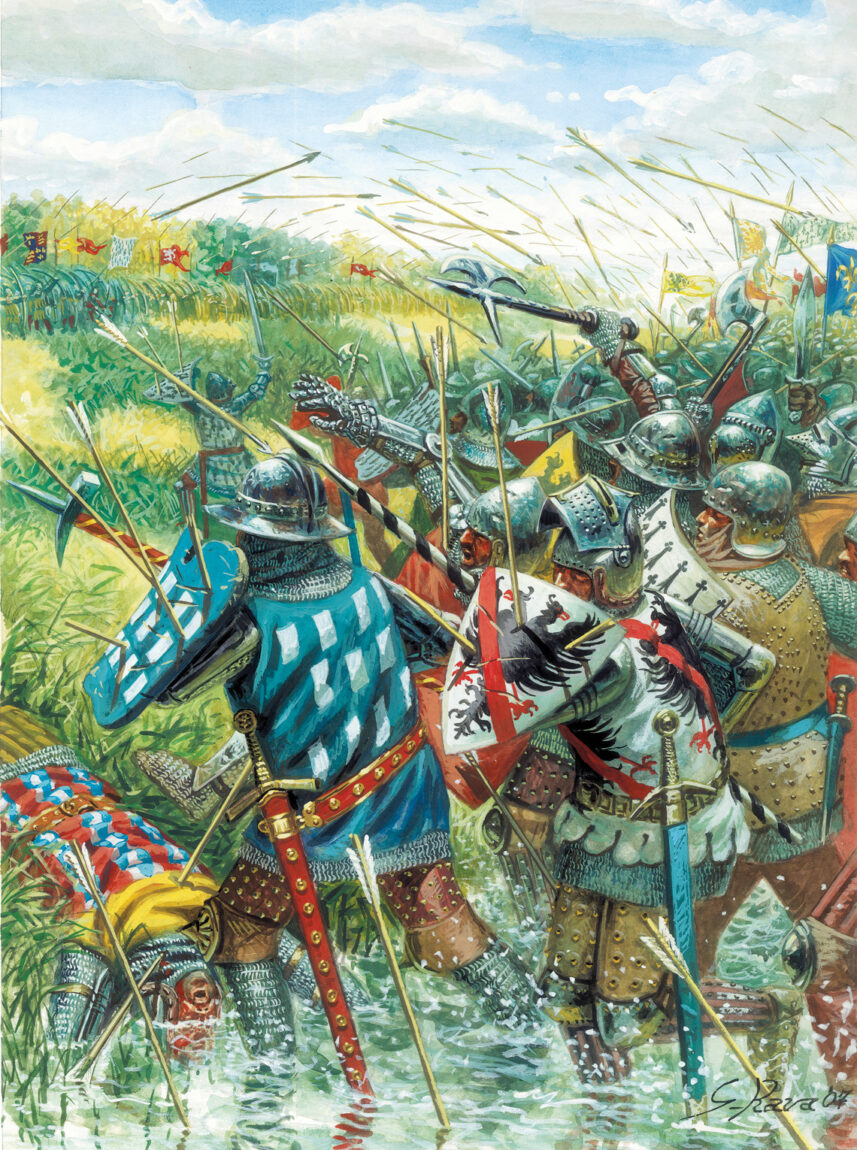
Lancaster landed at Calais in August 1373 and began a 900-kilometer march across France to Bordeaux with 6,000 men. Although du Guesclin wished to engage him, Charles V and the French dukes advised him to shadow the raiders and avoid a set-piece battle that might result in heavy casualties. Lancaster reached Bordeaux in December, but his army was crippled by attrition and disease. He returned to England in April 1374.
Charles V’s offensive against the English resumed in earnest in 1376 when du Guesclin drove the French out of Perigord. The following year du Guesclin and Duke Louis of Anjou invaded Aquitaine. They marched against the formidable English fortress of Bergerac on the River Dordogne.
Working in concert with du Guesclin’s northern column was a southern French column commanded by Jean de Bueil, who led his men north from Languedoc with siege equipment needed to reduce the strong fortress. When Sir Thomas Felton, England’s Seneschal of Aquitaine, learned that de Bueil was planning to unite with du Guesclin, he marched to intercept him. Anjou sent reinforcements to de Bueil, which joined him before the inevitable clash with Felton’s army. Felton planned to ambush de Bueil at Eymet.
The French learned of the ambush through informants. When de Bueil’s 800 men-at-arms arrived at Eymet, they found Felton’s 700 men-at-arms dismounted and drawn up for battle. The French attacked. The September 1 battle was even until a group of mounted French pages arrived in the French rear. The pages were bringing forward the horses in case they were needed to advance or withdraw, but the English mistook the pages for reinforcements and tried to break off from the fight. The French quickly gained the upper hand, and Felton lost three quarters of his troops in the disaster.
When the men in the garrison at Bergerac learned of Felton’s defeat, they fled west to Bordeaux. Two days later du Guesclin’s army was on the outskirts of Bordeaux. The French captured outlying castles and towns during the next month, but du Guesclin quit the siege in October because he lacked the supplies necessary for a long siege. Still, the French liberated 130 castles and towns in Aquitaine during the 1367-1377 campaign.
Charles V dispatched du Guesclin to the Auvergne region in 1380 to deal with unruly companies of unemployed soldiers who were pillaging towns and villages. Shortly afterwards, the 60-year-old French constable caught a fever and died on July 13, 1380. Modeling his burial after that of the French kings, his body was divided for burial not in three ways, but in four. His entrails were buried in Puy, his flesh at Montferrand, his heart in Dinan in his native Brittany, and his skeleton in the tomb of St. Denis outside Paris where Charles V was interred two months later.
In the years following his death, the French regularly celebrated the constable’s achievements. They had every right to be proud of the Breton who devoted his life to erasing the English gains derived from the Treaty of Bretigny.
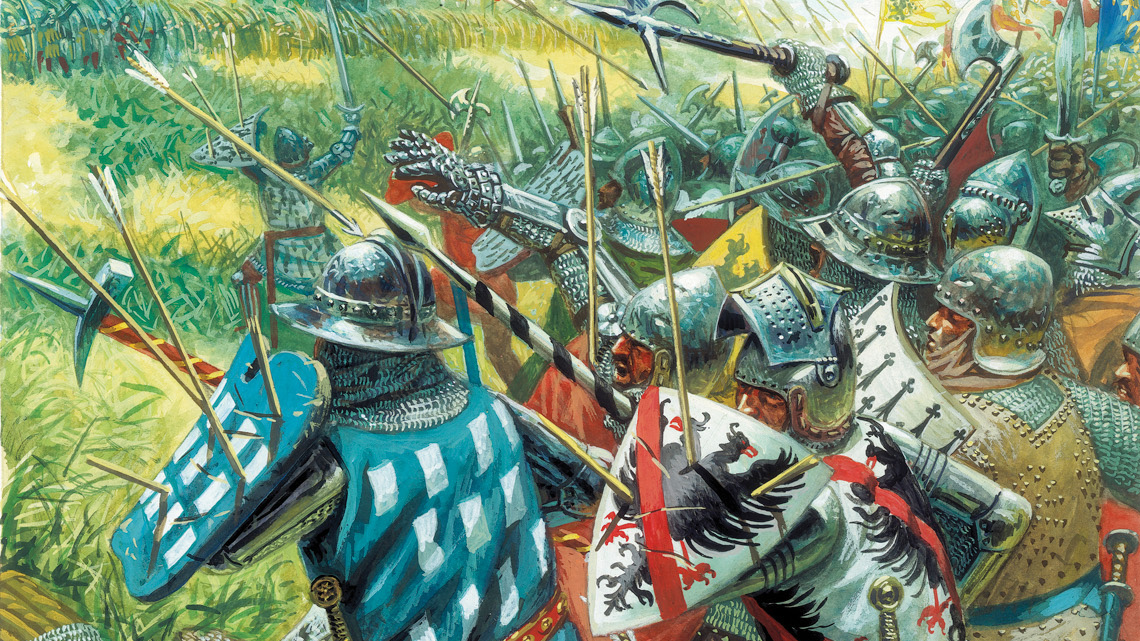
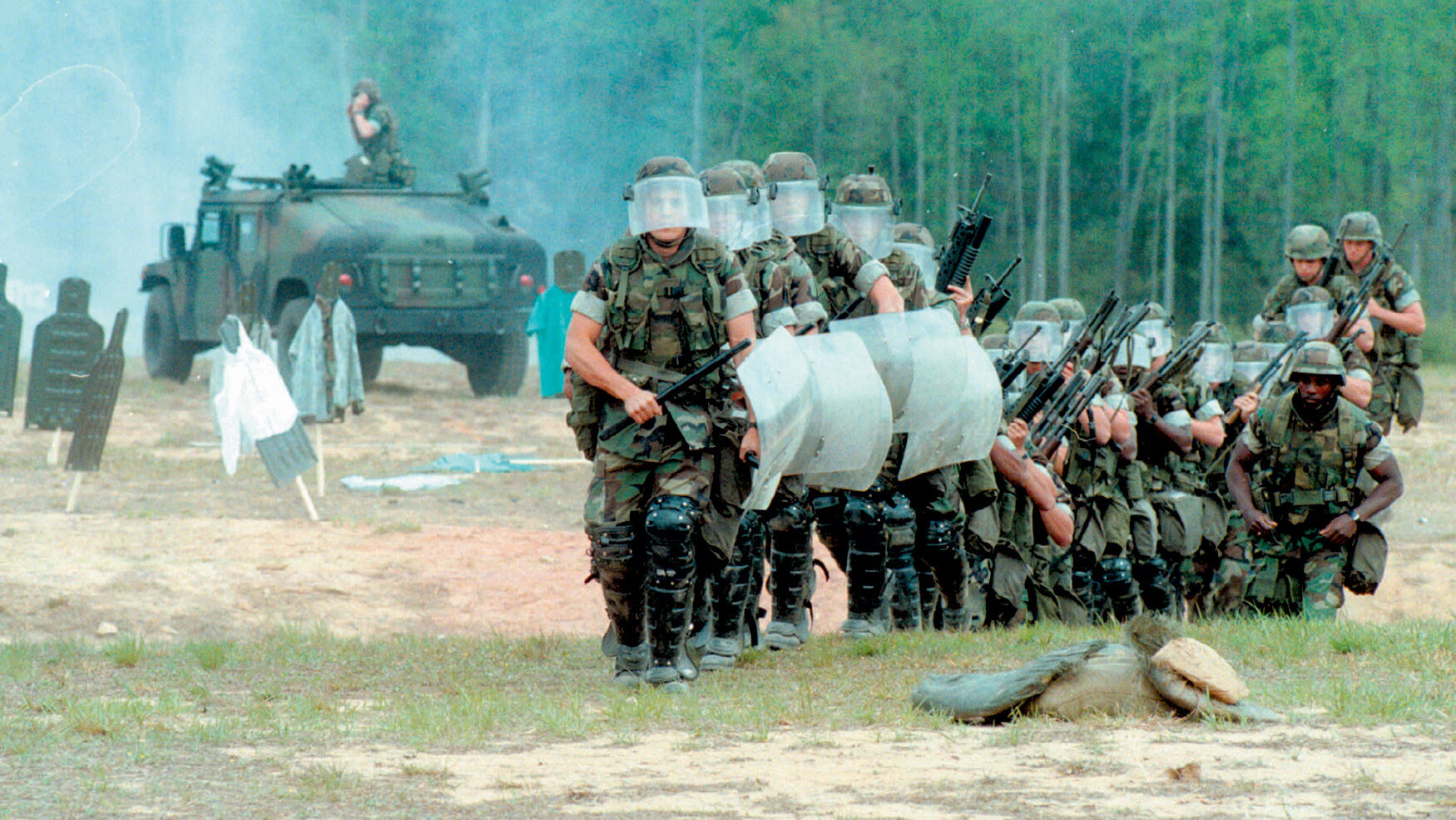
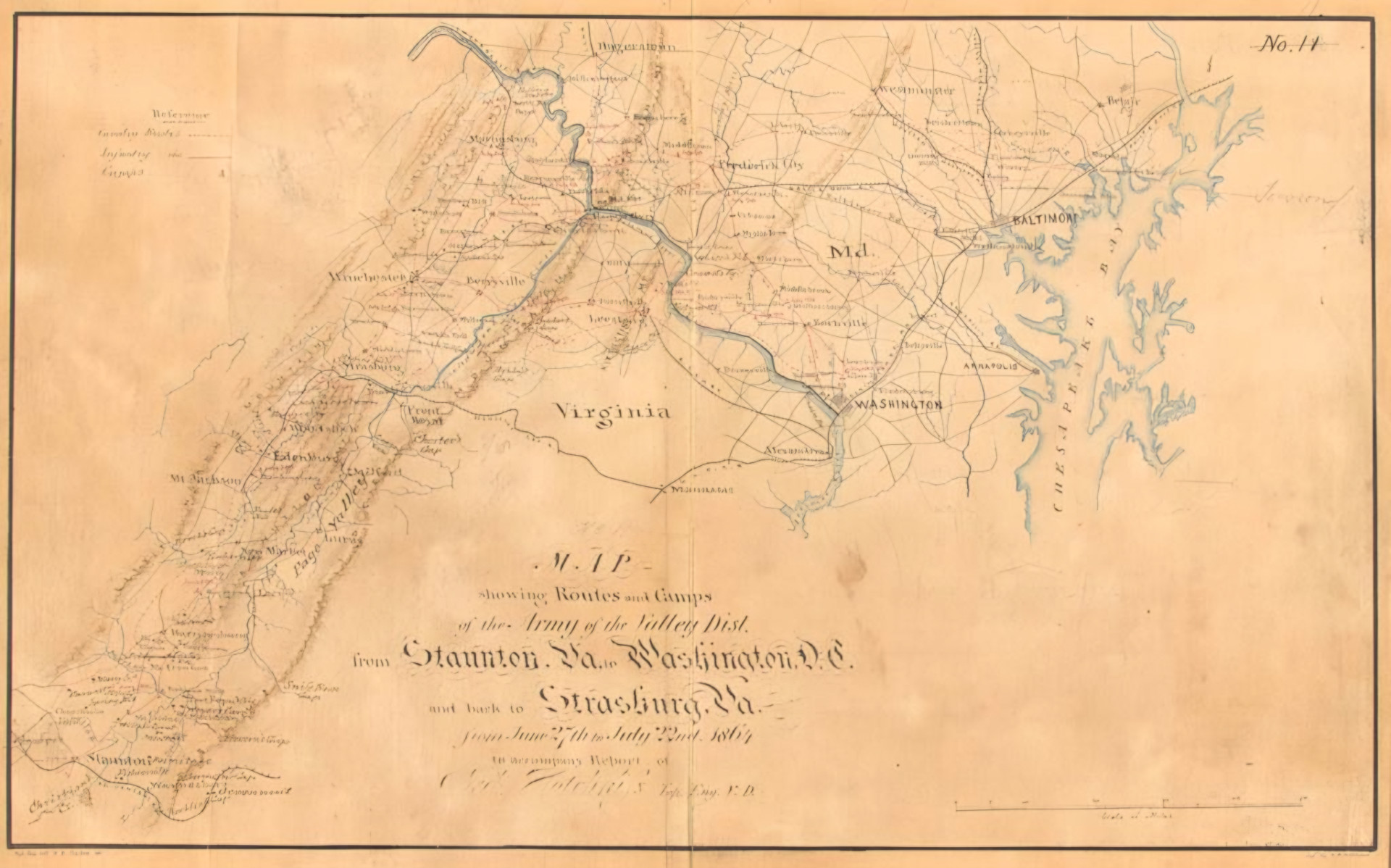
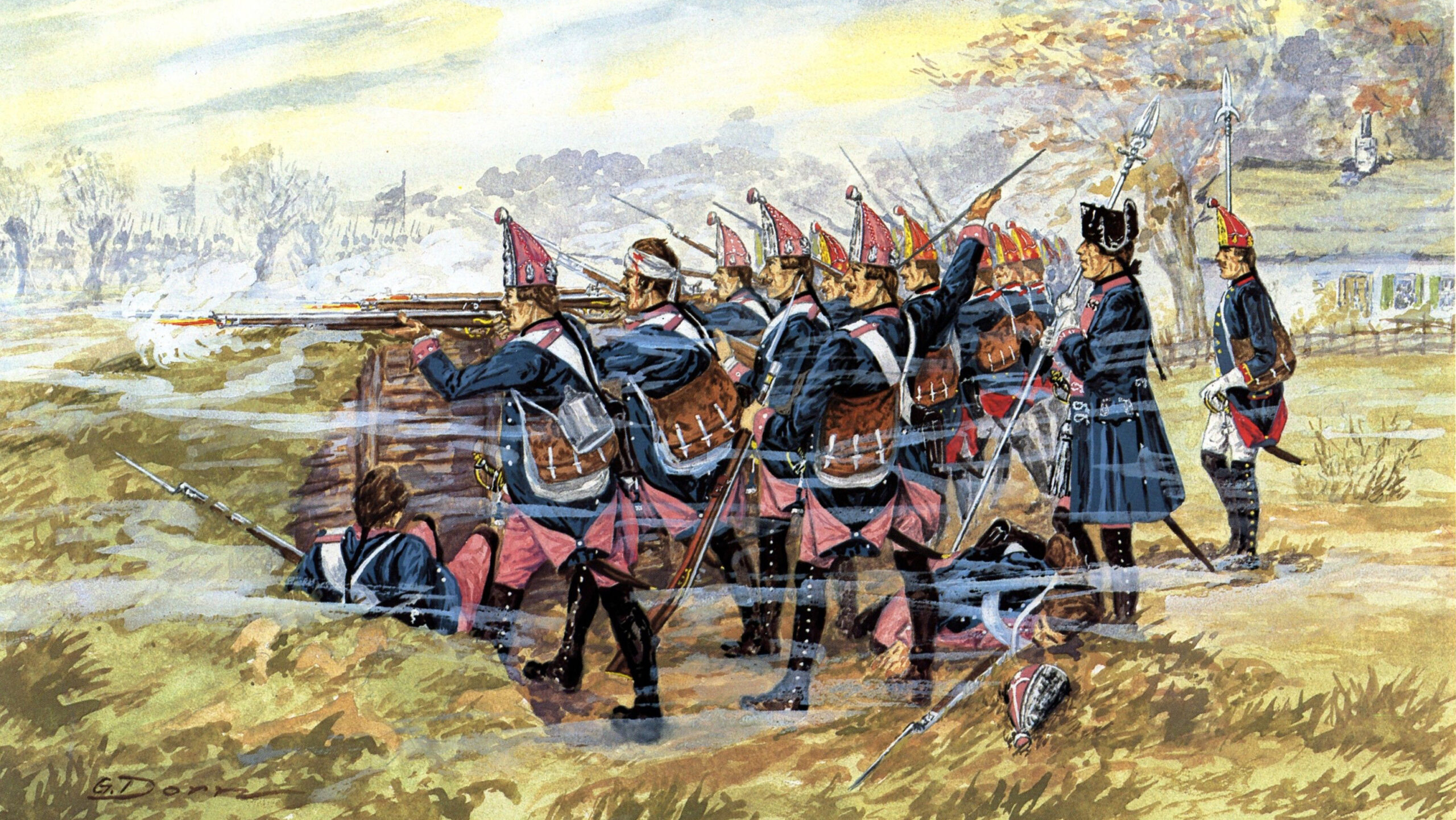

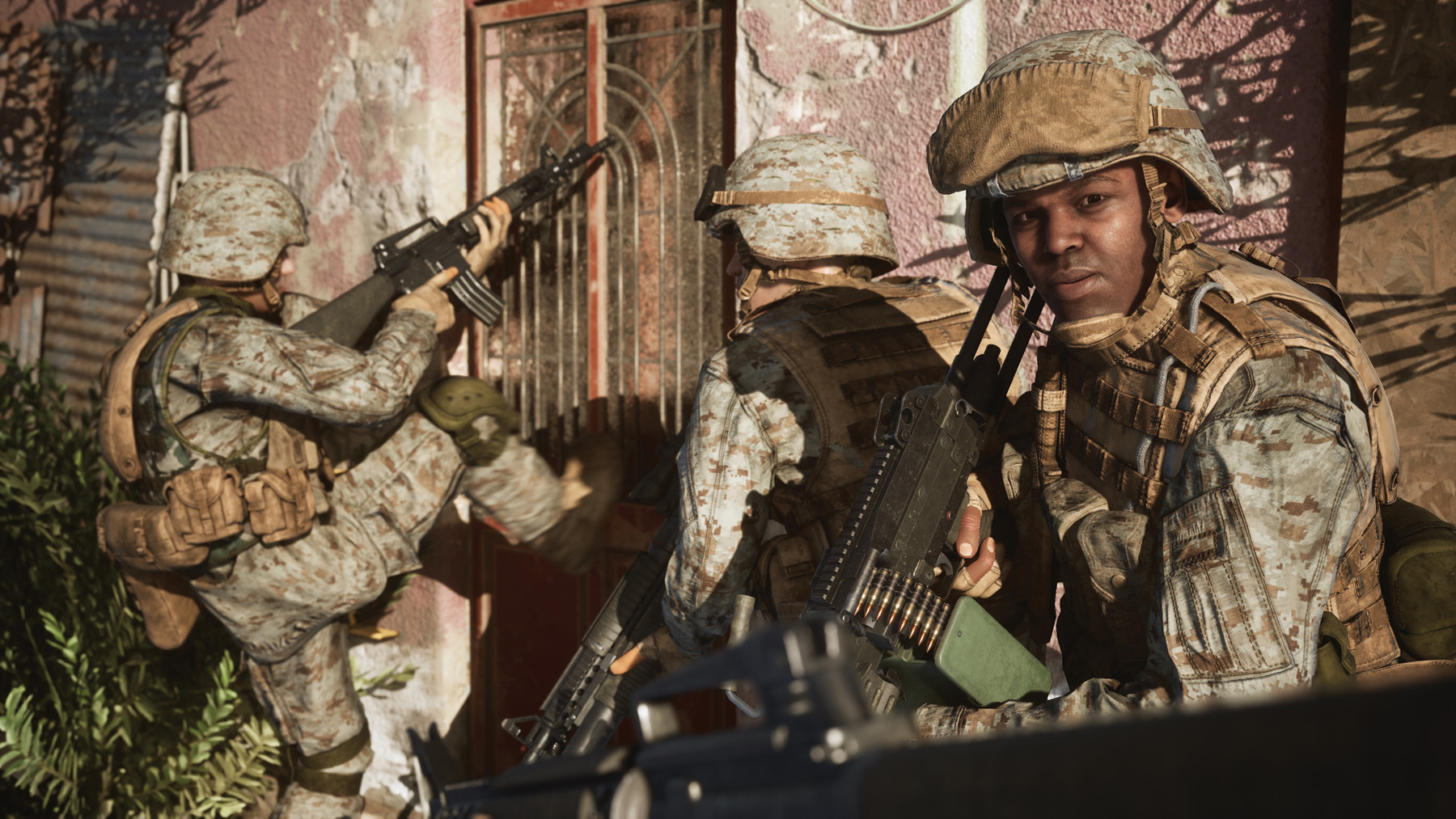
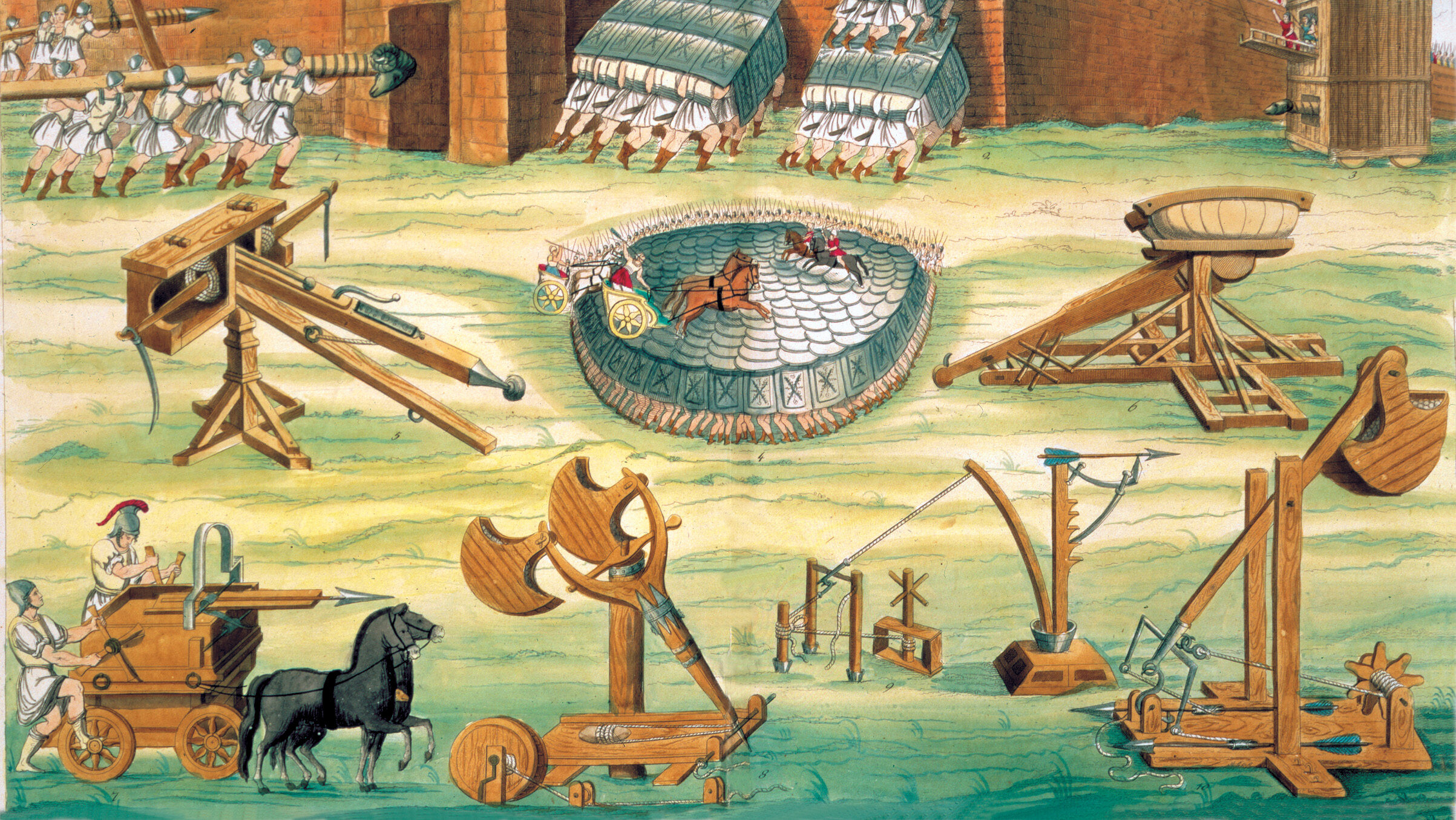
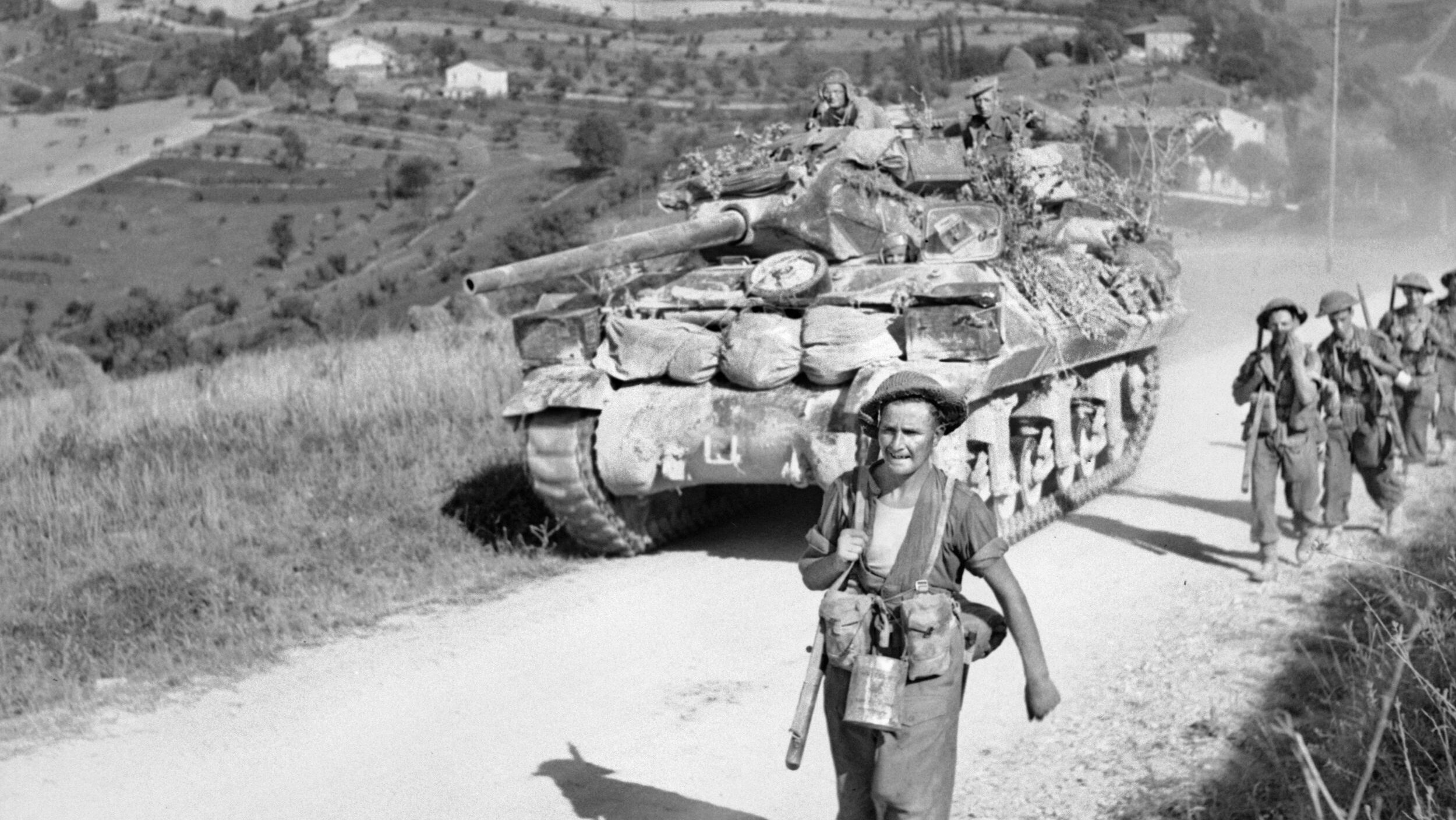
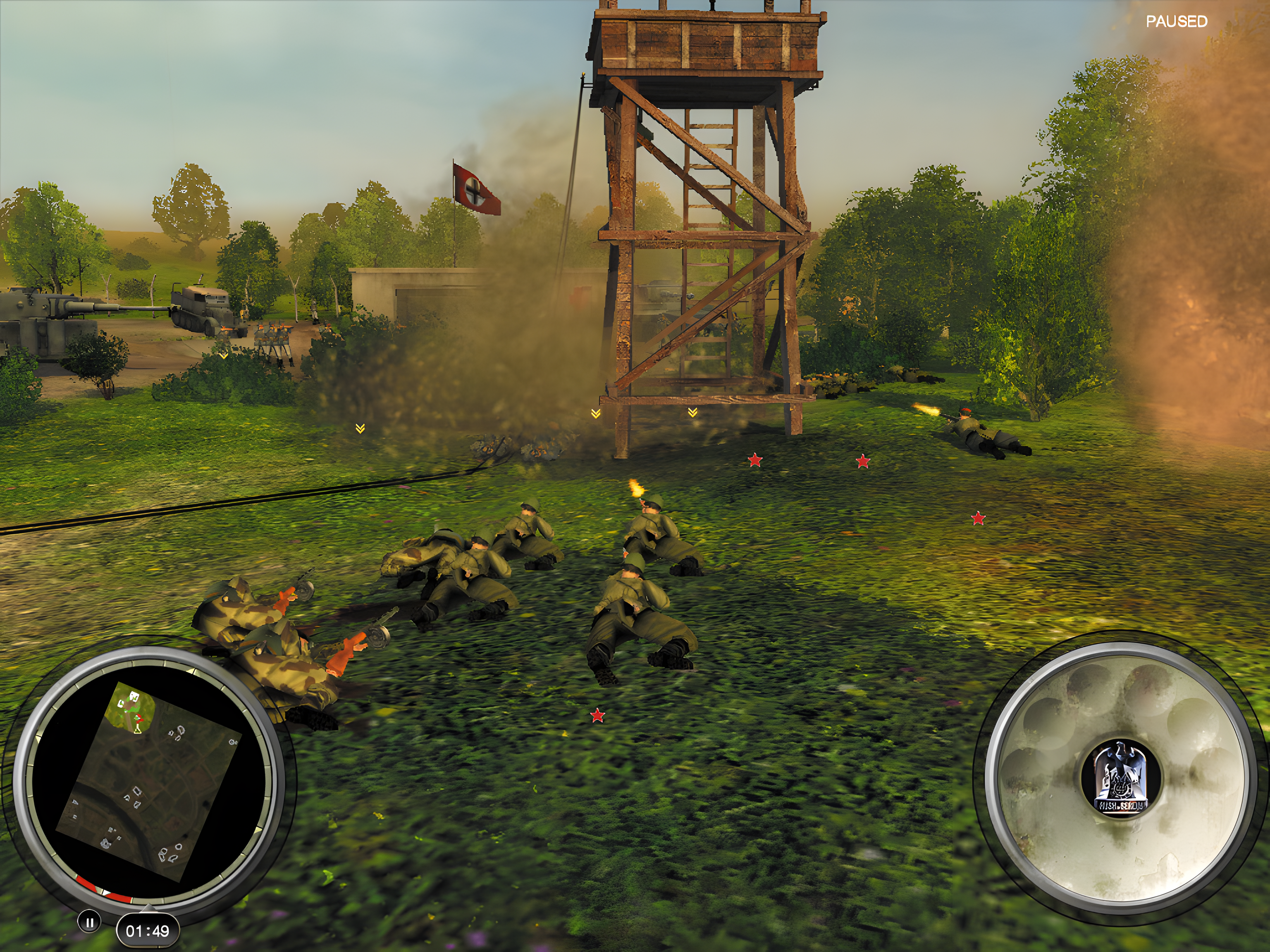
Join The Conversation
Comments
View All Comments